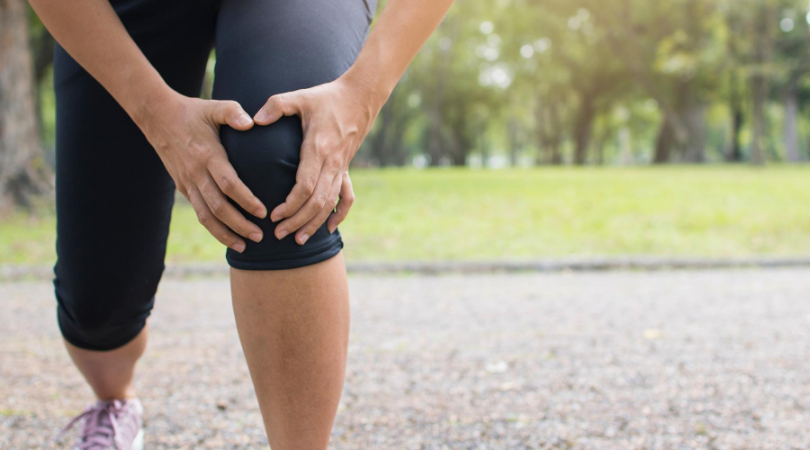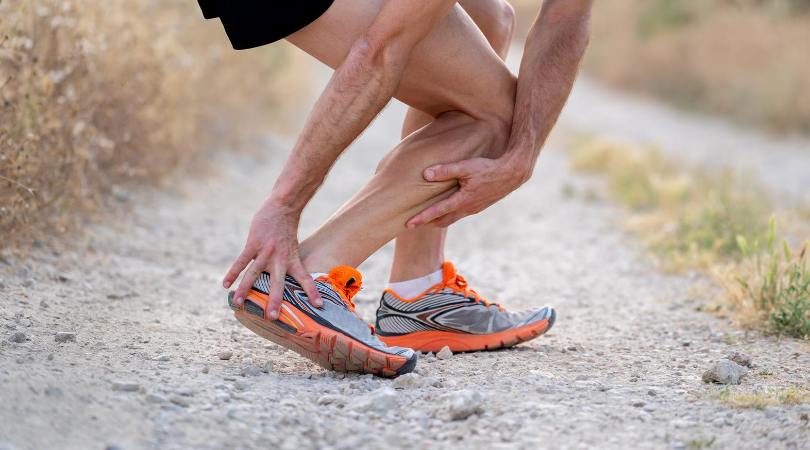How to treat your running injuries

Let’s explore how to treat running injuries and effective treatment. In particular, we will be discussing Runner’s knee, achilles pain & ITB pain.
Treat your running injuries #1: Patellofemoral joint pain
Also known as ‘runner’s knee’, this is the most common complaint in runners. Pain is at the front of the knee (patella) that is brought on by an increase in training load. Commonly, the pain vague around the edges of the kneecap. If you are not sure if you do have this injury, then a trained health professional will help with a diagnose. To help determine a treatment plan, a fantastic paper was published by Crossley & colleagues in 2016 which produced these key recommendations:
- Most importantly, exercise therapy was recommended to reduce pain and improve function. Practically speaking, you need to identify your exercise tolerance and gradually increase strength until full function is restored.
- While building a strength program, the combination of hip and knee exercises is recommended over isolated knee exercises. Some examples include squats, lunges & crab walks.
- Apart from exercise therapy, combining interventions like foot orthoses, patellar taping or manual therapy can enhance effectiveness. This is particularly useful to reduce pain in the early stages but keep in mind, foot orthoses may not benefit everyone. To increase effectiveness. identifying those most likely to benefit is a key step.
- Lastly, interventions such as hands-on treatment & devices like therapeutic ultrasound are not recommended in isolation.

#2: Achilles injury
This is another common running condition due to mechanical overload. It is located about 2-3 inches above the attachment onto the heel and linked with training errors include a rapid increase in speed, mileage and uphill running. To help determine treatment, research has shown an 80% success rate with exercise programs that include slow, heavy loading. There is still debate around which type of strength program is more effective (eccentric vs concentric). But whether one program is more effective than the other, the overall message is clear, treatment needs to include progressive exercises.

#3 ITB friction syndrome
This injury is not from ITB tightness and rather, too much ‘ITB strain’. The pain is located on the outside out the knee and is commonly associated with downhill running. Therefore, treatment should aid to identify changes in training that may contribute to a spike in ITB load with making the sensible adjustments. Additionally, if painful with everyday activities, medication may be helpful.
‘Stretching’ the ITB is a debatable topic because the ITB fibres are too thick to provide any give when put under stretch. However, stretching the hip flexors and surrounding muscles can help. Some runners may consider running retraining with the right guidance. More importantly, adjustments to increase your running cadence and widen your step width can be effective. You might also want to include a strengthening program. This type of treatment will target your hip and knee control which strongly advised and with current literature.

Relevant blogs:
Relevant Podcasts:
- Why your hamstring tendinopathy isn’t getting better with Maryke Louw
- Avoiding & managing stress fractures
